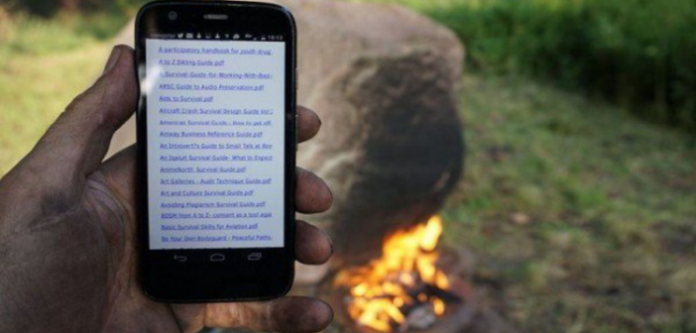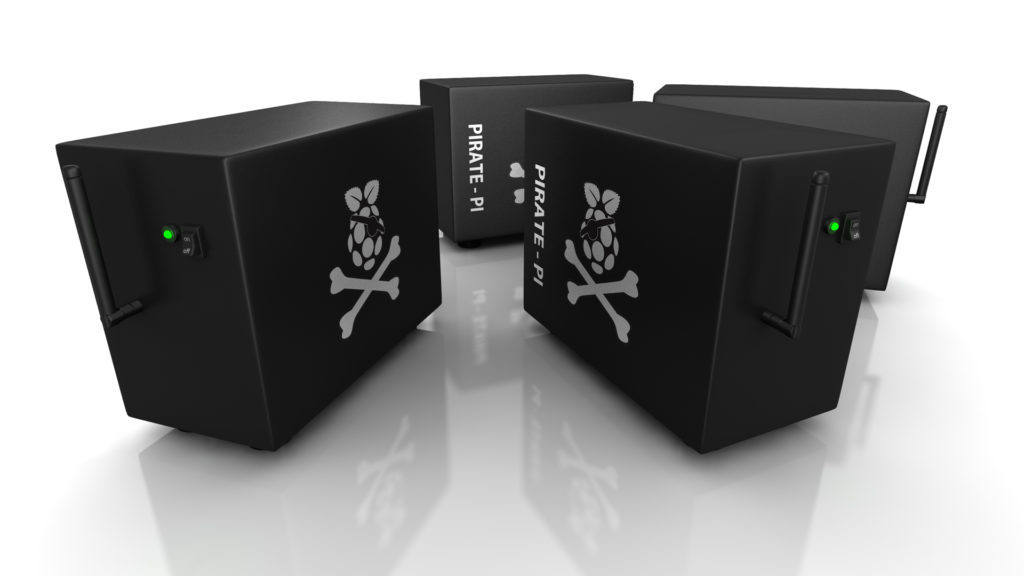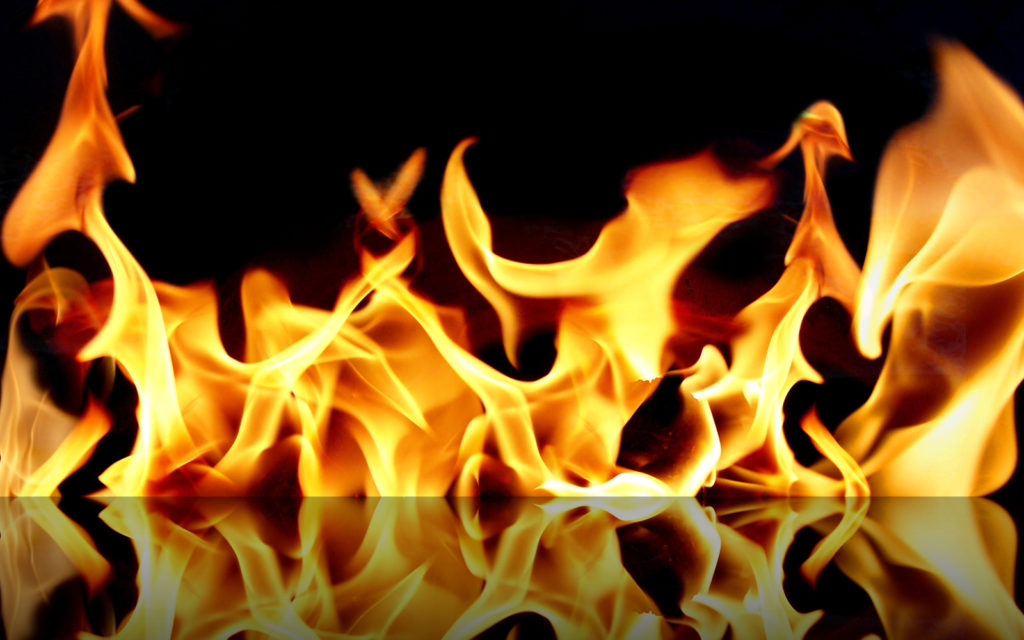
A strategically placed rock located in the middle of a park, in the outdoor Springhorn Hof Museum located in Germany, appears like a normal boulder. However, upon a closer inspection, this boulder shows that the inconspicuously large, 1.5 ton boulder is also a work of art. The boulder is installed with a fire-powered Wi-Fi router, and even more so, it has a hidden USB Drive inside.
The boulder was created by Berlin artist Aram Bartholl. He dubbed the sculpture “Keepalive.” In his artwork, he attempts to highlight the contrast between ancient and modern survival techniques. Keepalive is a thermoelectric Wi-Fi router, which is powered by the lighting of a campfire. You light your campfire underneath the boulder. Once you have activated it, starting a fire at the base of the boulder, the router will then connect any and all nearby phones. This provides a piping in a list of downloadable survival guides. This entire network is running off of the PirateBox. PirateBox is a DIY-software that allows you to create offline wireless networks.

When visitors creates a fire in order to power on the Wi-Fi, they are able to access a large collection of PDF survival guides. The Pirate Box router, which brought forth the inspiration to the artist, is not even connected to the Internet. Instead, the device allows its users to download the pre-installed guides, as well as upload any information and content in which they would like to store inside the stones database. As long as the campers keep the fire going, the Wi-Fi router will stay switched on.
Located inside the cavity of the rock lies a USB dock drive that allows the loading of the PDF’s onto a USB drive. On the drive itself, there is a range of odd and interesting, yet bizarre, PDF survival guides. Such guides include a DIY Divorce Guide, Drone Survival Guide, Single Woman’s Sassy Survival Guide, and even a Steampunk Guide to Sex.
While most of these guides may be uploaded by the “naughty” visitors, Bartholl doesn’t mind.
In fact, creating Dead Drops – the worlds most epic and famous file sharing network – actually consists of USB flash drives that are embedded into walls. These walls can be found all over the globe. Bartholl is all about public data file sharing. However, Keepalive, which has been named after a technical terminology for a message sent between several devices in order to check the connectivity, is actually aimed to be more obscure.

The design is aimed to be as helpful within the wilds of the online world just as much as it would be in a future dystopia. The combination of both ‘primitive’ as well as ‘high-tech,’ means that survival is actually fitting. Given the fact that access to the secured digital files within the mini-server database require one of the oldest forms of energy to run on fire.
Bartholl states “It’s not about easy access.” He goes onto saying “It has a whole dystopian idea to it, like, will we need something like this in the future? Or somebody finding this in a hundred years – is it still working and they figure something out and they make a fire, or is there going to be a moment where we’re going to need to make fire again to get access to the data?”
This article (Boulder is actually a Fire-Powered Wi-Fi Router) is a free and open source. You have permission to republish this article under a Creative Commons license with attribution to the author and AnonHQ.com.






Egad. Like the world can be made a better place by encouraging the conspiracy-inclined to look for every secret that is hidden. Way to validate the existence of the excessively paranoid. :p